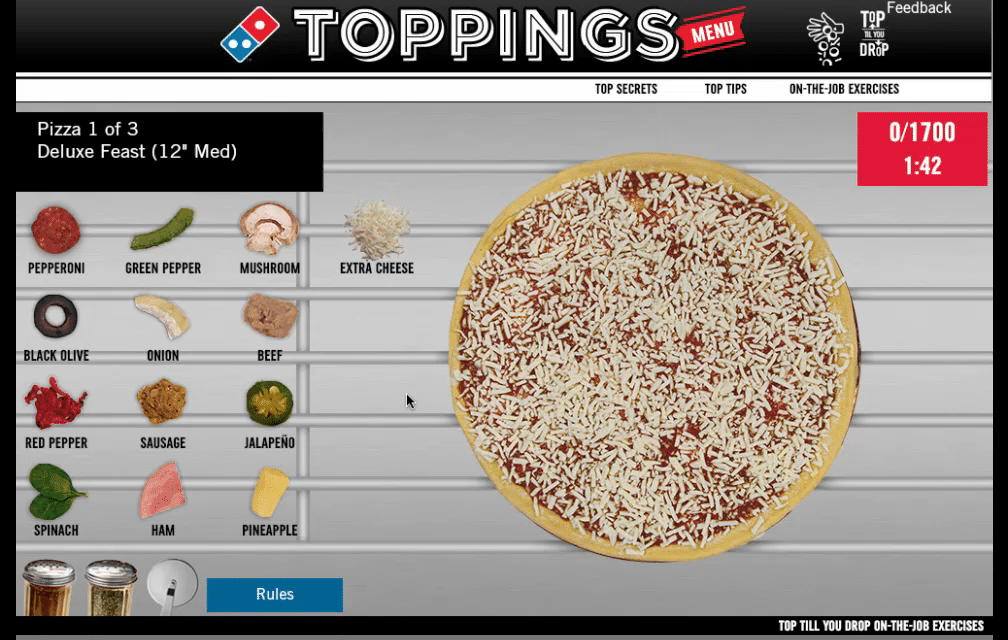The Microlearning Checklist: What you Need to get Started
Within corporate training, microlearning serves as an integral approach for enriching the learning and development of modern learners. More than just a passing fad, microlearning has seen a resurgence as a key part of contemporary instructional design theory and practice. Even a passing glance at conference brochures, L&D magazines and company websites shows the increasing pervasiveness of microlearning across the contemporary corporate training landscape.
It’s worth taking the time to figure out how microlearning works for your company.
However, just because microlearning is a dominant technique for designing training doesn’t mean we should use the approach regardless of context. As our CEO Ron Zamir recently noted in a microlearning webinar, microlearning is not simply a substitution of the “old way of doing things.” Instead, microlearning is one instructional design approach – albeit, a powerful one – among many, and it’s not always the best option. For example, the success of microlearning can be compromised if the content is driven by rigid time/sequence requirements, or if the audience must build meaningful social relationships during the training process.
So microlearning is not for everyone. Its efficacy is based on particular audience needs, technological specifications and content decisions. At AllenComm, our teams of designers find that microlearning is especially productive when the training content involves a large-scale, business-critical initiative that learners must absorb quickly with minimal disruption in their day-to-day routines.
Microlearning Checklist
In order to see whether microlearning is right for you, we created a basic checklist to help you get started:
Learner Performance
- What is the performance objective?
- Have I broken it down into indivisible components?
- Can the objective be accomplished in a single sitting?
- What are the use cases for the piece to be developed?
Instructional Design
- Do I have a high design-to-content ratio?
- Am I following design best practices?
- How can I design a complete experience?
- Have I considered multiple use cases?
- Is my solution interactive?
Media Quality
- Am I using high-quality visuals, audio and video media?
- Is the quality comparable to that of marketing?
- Is my learning available at the point of need (mobile)?
For example, we recently designed and developed a microlearning-based curriculum for Domino’s.

Their objectives were to help employees across franchises more quickly and accurately make pizza. Since the client needed to train thousands of employees on a critical business initiative, AllenComm opted for a microlearning training solution, one that required learners to complete two- to three-minute mini-games that standardized and assessed the learner’s recipes and preparation time. This microlearning module proved to be immensely successful because it was the right fit for their needs.
When it comes to incorporating microlearning techniques into your curriculum, you don’t need to jump in with both feet. It’s worth taking the time to figure out how microlearning works for your company, as well as when and how it’s best incorporated.





